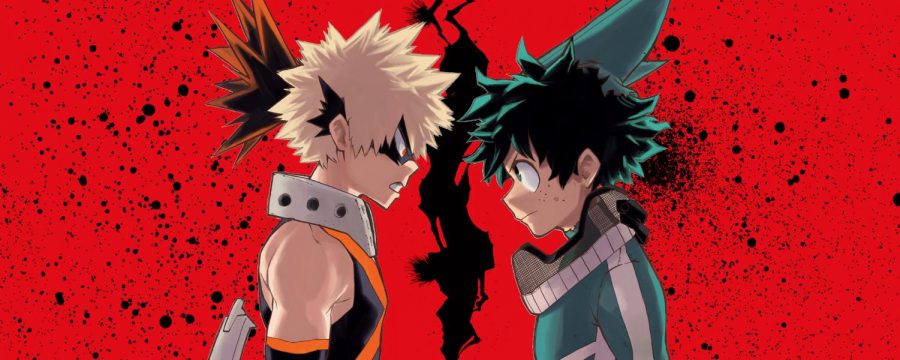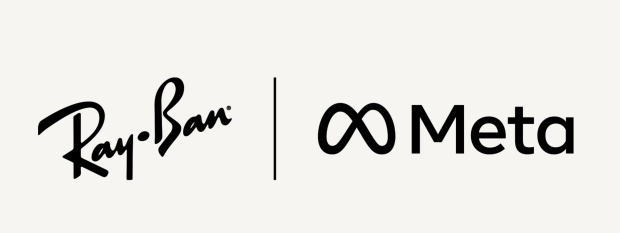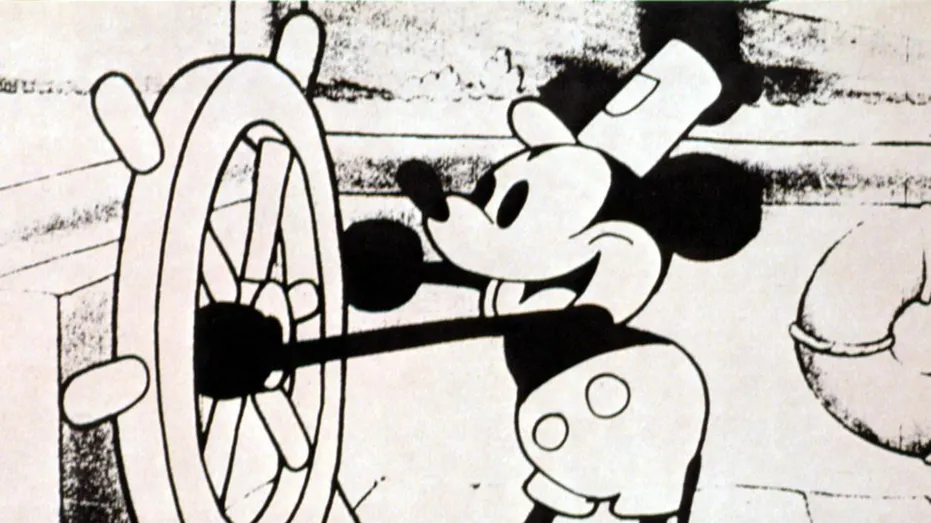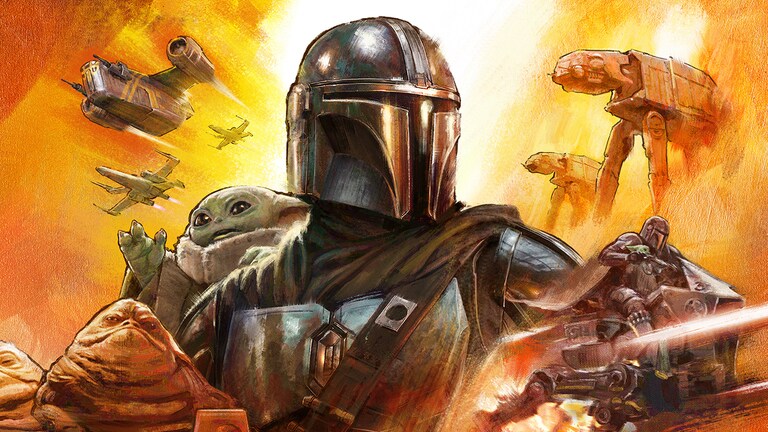My Hero Academia: An Overall Anime Review
December 16, 2020
My Hero Academia (also called Boku No Hero Academia) features a universe where around 80% of the world population have some type of superpower (called “Quirks” in both the anime and the manga upon which the show is based on). The show’s main focus is on the journey of the main protagonist, Izuku Midoriya, a high school-aged kid born without a Quirk. Despite that, he still dreams of becoming a hero, which was deemed impossible by most until a Quirk was passed down onto him from All Might, one of the world’s greatest heroes. From there, he enters U.A High School, where the training to become a hero begins, as do the attacks on his school from the League of Villains, who threaten to wipe out the existence of all heroes. The show itself only has around four seasons and two movies, with the fifth season and the third movie coming out in the spring and summer of 2021 respectfully, but already has the show made its impact on anime viewers with its storyline, characters, art style, and overall sound.
Obviously, there will be spoilers, so if you haven’t watched the anime yet, click off of here and go watch it, otherwise, don’t say I didn’t warn you.
Storyline – 8/10
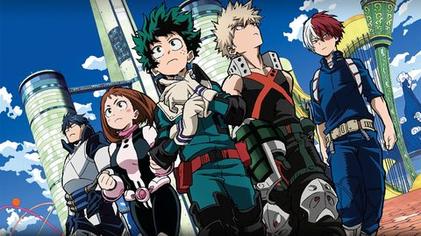
The main plot of My Hero Academia is heavily focused on Midoriya’s pathway towards becoming a hero, which is an interesting storyline in itself but can also come off as a bit dragging, especially in the first part of the first season, where we see a bit of backstory to Midoriya, who hasn’t yet gained a Quirk. While his backstory was indeed vital to knowing the Midoriya that we see in future episodes, it seemed a bit sluggish to watch how he coped in life without a Quirk.
Once he gains his quirk and enters U.A. High School, the anime starts to pick up the pace a bit more. Sometimes almost too fast now, considering they jumped from the first day to a Sports Festival to midterms to their summer break and so forth. (Keep in mind that My Hero Academia takes place in Japan, where the school year begins in April and ends in March, so no, Midoriya and his classmates haven’t moved on to their second year that fast, but it’s a bit alarming to already be a quarter of the way in the year by season 3.)
However, just because the pacing can be off-putting at times doesn’t mean that My Hero Academia isn’t good. Despite the pacing, the anime does a phenomenal job of keeping the viewers engaged, and after the first episode or two, there are very few dull moments within the show. And while the show is heavily focused on Midoriya’s path towards success, there is also a subplot that shows how he’s affected the people in his life, for better or worse, and vice versa, which will be discussed in a bit. Overall, the plot isn’t perfect, and the pacing is weird at times, but a little odd pacing won’t bring down the outstanding execution it holds.
Characters – 10/10
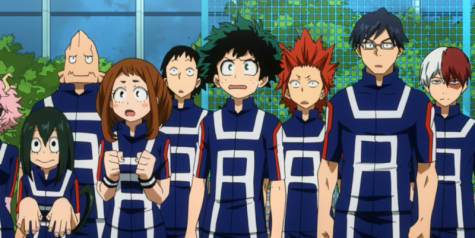
If there was one thing I’d give the anime exceptional credit for, it would be the way the characters are written and developed. If there’s one thing that can bring down a show, it’s if the main character doesn’t sit well with audiences, but My Hero Academia doesn’t do that. Midoriya is a well-rounded, humble main character that has improved significantly from the first season to the present while also at a reasonable pace. He isn’t perfect with his Quirk just yet compared to his classmates, but because they’ve had their Quirks since they were young while Midoriya hasn’t even had his Quirk for a year, it’s reasonable for him to not fully understand the power of his Quirk.
Another character that’s been written exceptionally (especially in later seasons) is Katsuki Bakugo, Midoriya’s childhood friend/rival who at first is seen as short-tempered and competitive. After an incident at a Training Camp that ends up with him being kidnapped by the League of Villains, Bakugo’s become less aggressive towards his peers, and he’s not as mean towards everyone around him anymore (he still hasn’t stopped calling Midoriya “Deku” (useless) yet, but after a friend of Midoriya’s told him it sounded like “you can do it”, the initially derogative name from Bakugo has achieved good meaning for Midoriya).
Other characters have also been inspired by Midoriya throughout the anime, such as Shoto Todoroki, one of Midoriya’s friends whose father is Endeavor, the second-best hero in the country (second to only All Might). Due to his strained relationship with his father, Todoroki, who’s Quirk allows him to control both ice and fire, refuses to use the fire aspect in combat due to its reminder of his father. However, in the Sports Festival, Midoriya manages to persuade Todoroki into understanding that his Quirk is his own Quirk and not his father’s, allowing him to defeat Midoriya in battle with the use of both ice and fire. Eventually, Todoroki loses to Bakugo later on as he opted to not utilize the fire aspect in their fight, but Todoroki no longer holds as much grudge towards the fire aspect as well as less of a grudge towards his father, even going as far as taking an internship under his agency.
The best thing about the characters, however, is how even though there’s a large ensemble of characters that only continues to grow, the series does its best to try to spotlight as many of the characters as it can, and that there are very few characters that you could remove without much impact, whether you like the characters or not. There’s much more that could be said about the design of the characters as a whole, and I haven’t even mentioned the development that goes with the League of Villains, but that’s another matter for a different article.
Art Style – 9/10
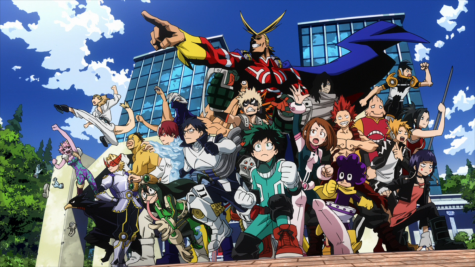
Another wonderful thing about My Hero Academia is the animation, which brings a fresh art style to anime while still maintaining the essence of Japan. Another bonus is how the art style, while still being fresh, is nice to look at and isn’t hard on your eyes (I’m not naming names, but there are…some animes with lovely plots but art styles that can turn viewers away). The animation itself is also quite fluid and does an amazing job of keeping the viewers intrigued and interested. It also seems to reflect the art style; the animation also brings a fresh breath of life to Japanese animation while keeping the same feeling as most Japanese animes. My Hero Academia does a spectacular job at taking the aspects of Japanese animation and turning it into its own thing, and I appreciate that.
Sound – 9.5/10
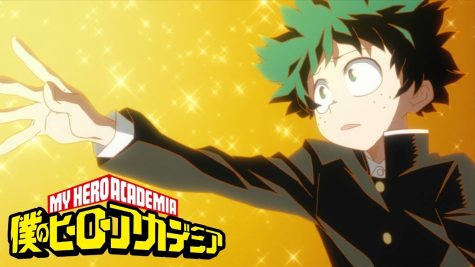
The music for this anime is brilliant; the openings, outros, and all the songs in between both are breathtakingly amazing. The music also greatly conveys what’s happening in the show, and the great thing about the music is how most of the OSTs of this song can be listened to separately and still be just as great. There are a few songs that do keep the sound aspect from reaching that perfect 10, but the music alone is amazing enough. The voice actors (both in the Japanese dub and English dub) also do a spectacular job of bringing the characters to life, and a great aspect of the English dub is how accurately it transfers over from Japanese to English, which isn’t a common thing to see in animes, but My Hero Academia does its best with it, and absolutely nails it.
Overall – 9/10
In spite of its pacing issues, I find My Hero Academia to be a splendid anime, especially in a world where almost every film is a superhero film and can seem pretty wearing at times. The show takes the whole superhero trope and puts its own twists on it as well as tries its hardest to let all of its large cast shine, and while they haven’t 100% succeeded with the latter, they’re exceptionally closer to doing so than most shows. Overall, My Hero Academia isn’t perfect, but the little flaws won’t stop the fanbase from growing more and more in the years to come.

